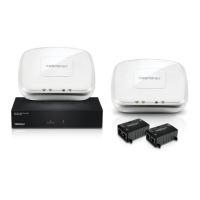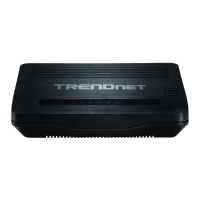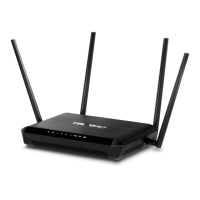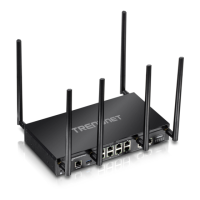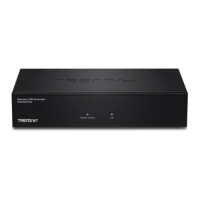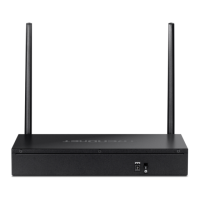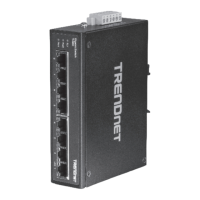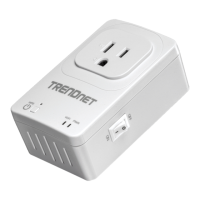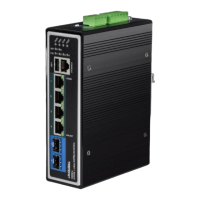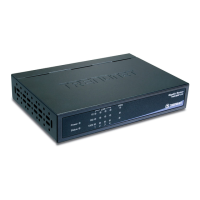Authentication Method – Select the authentication method used for the
profile.
o None – Does not require client devices to authentication or enter in
any security parameters to connect to the wireless network. Not
recommended for typical usage. Only recommended if using captive
portal authentication.
o WEP – Requires client devices to enter an unencrypted key to connect
to the wireless network. Only Key Index 1 is supported. Not
recommended since key is unencrypted and does not support 802.11n
and 802.11ac link rates.
Alphanumeric (a,b,C,?,*, /,1,2, etc.)
o WPA/WPA2-PSK – Requires client devices to enter an encrypted
key/passphrase to connect to the wireless network. This is the
recommended setting.
Passphrase Format:8-63 alphanumeric characters (a,b,C,?,*, /,1,2, etc.)
o WPA/WPA2-Enterprise – Requires the configuration use of an
external RAIDIUS server for authentication through EAP (Extensible
Authentication Protocol). Depending on the EAP protocol configured
on the external RADIUS server, client devices will need to be
configured with the same authentication and credentials in order to
connect to the wireless network.
IP Address: Enter the IP address of the RADIUS server. (e.g.
192.168.10.250)
Port: Enter the port your RADIUS server is configured to use
for RADIUS authentication.
Note: It is recommended to use port 1812 which is the default
RADIUS port.
Shared Secret: Enter the shared secret used to authorize your
APs with your RADIUS server.
Below is an example of a single group configured with multiple wireless profiles.
4 x APs assigned to wireless group “Default group”
3 x wireless profiles created under “Default group”
All 4 APs will broadcast and allow connections for the 3 wireless profiles
created
4 x APs assigned to “Default group” will host these profiles and any new APs
added to the “Default group” will also host these profiles.
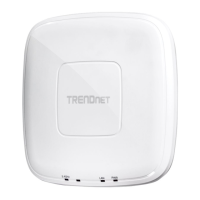
